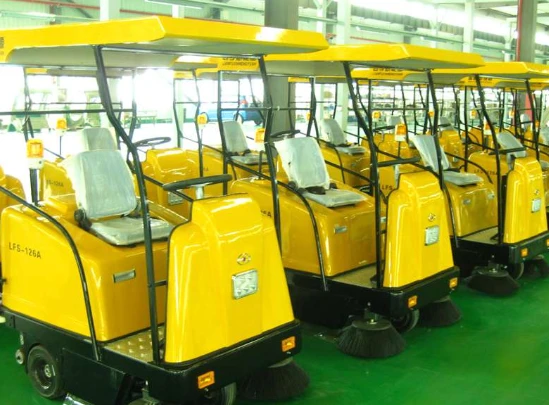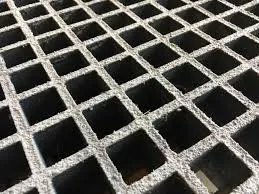
-
 Afrikaans
Afrikaans -
 Albanian
Albanian -
 Amharic
Amharic -
 Arabic
Arabic -
 Armenian
Armenian -
 Azerbaijani
Azerbaijani -
 Basque
Basque -
 Belarusian
Belarusian -
 Bengali
Bengali -
 Bosnian
Bosnian -
 Bulgarian
Bulgarian -
 Catalan
Catalan -
 Cebuano
Cebuano -
 China
China -
 China (Taiwan)
China (Taiwan) -
 Corsican
Corsican -
 Croatian
Croatian -
 Czech
Czech -
 Danish
Danish -
 Dutch
Dutch -
 English
English -
 Esperanto
Esperanto -
 Estonian
Estonian -
 Finnish
Finnish -
 French
French -
 Frisian
Frisian -
 Galician
Galician -
 Georgian
Georgian -
 German
German -
 Greek
Greek -
 Gujarati
Gujarati -
 Haitian Creole
Haitian Creole -
 hausa
hausa -
 hawaiian
hawaiian -
 Hebrew
Hebrew -
 Hindi
Hindi -
 Miao
Miao -
 Hungarian
Hungarian -
 Icelandic
Icelandic -
 igbo
igbo -
 Indonesian
Indonesian -
 irish
irish -
 Italian
Italian -
 Japanese
Japanese -
 Javanese
Javanese -
 Kannada
Kannada -
 kazakh
kazakh -
 Khmer
Khmer -
 Rwandese
Rwandese -
 Korean
Korean -
 Kurdish
Kurdish -
 Kyrgyz
Kyrgyz -
 Lao
Lao -
 Latin
Latin -
 Latvian
Latvian -
 Lithuanian
Lithuanian -
 Luxembourgish
Luxembourgish -
 Macedonian
Macedonian -
 Malgashi
Malgashi -
 Malay
Malay -
 Malayalam
Malayalam -
 Maltese
Maltese -
 Maori
Maori -
 Marathi
Marathi -
 Mongolian
Mongolian -
 Myanmar
Myanmar -
 Nepali
Nepali -
 Norwegian
Norwegian -
 Norwegian
Norwegian -
 Occitan
Occitan -
 Pashto
Pashto -
 Persian
Persian -
 Polish
Polish -
 Portuguese
Portuguese -
 Punjabi
Punjabi -
 Romanian
Romanian -
 Russian
Russian -
 Samoan
Samoan -
 Scottish Gaelic
Scottish Gaelic -
 Serbian
Serbian -
 Sesotho
Sesotho -
 Shona
Shona -
 Sindhi
Sindhi -
 Sinhala
Sinhala -
 Slovak
Slovak -
 Slovenian
Slovenian -
 Somali
Somali -
 Spanish
Spanish -
 Sundanese
Sundanese -
 Swahili
Swahili -
 Swedish
Swedish -
 Tagalog
Tagalog -
 Tajik
Tajik -
 Tamil
Tamil -
 Tatar
Tatar -
 Telugu
Telugu -
 Thai
Thai -
 Turkish
Turkish -
 Turkmen
Turkmen -
 Ukrainian
Ukrainian -
 Urdu
Urdu -
 Uighur
Uighur -
 Uzbek
Uzbek -
 Vietnamese
Vietnamese -
 Welsh
Welsh -
 Bantu
Bantu -
 Yiddish
Yiddish -
 Yoruba
Yoruba -
 Zulu
Zulu
Jan . 09, 2025 14:09
Back to list
frp cover
Fiber Reinforced Polymer (FRP) covers have gained significant traction in a variety of industries due to their lightweight, durable, and corrosion-resistant nature. These attributes make them an attractive alternative to traditional materials such as steel and concrete. By integrating these innovative FRP covers into their operations, businesses can experience enhanced functionality and long-term economic benefits. This article delves into the experiences and expertise surrounding FRP covers, highlighting their authority and trustworthiness in the product market.
Trustworthiness is a cornerstone of FRP cover applications, and this trust is built on empirical evidence and customer testimonials. Many businesses choose to share their success stories, where the deployment of FRP covers led to improved safety records and incalculable cost savings. Professionals who have transitioned to this advanced material frequently highlight its predictability and consistent performance over time. This documented reliability is often a determining factor for new consumers and industries considering FRP solutions for the first time. Given the growing environmental concerns and the push for sustainable practices, FRP covers also meet the eco-friendly requirements many companies now face. The production process of FRP materials is less energy-intensive compared to traditional materials, and their long lifecycle translates into less frequent replacements and waste. This characteristic aligns with the sustainability objectives of many modern corporations, allowing them to meet regulatory standards while reducing their carbon footprint. In summary, the adoption of FRP covers offers multifaceted benefits that address both functional and environmental objectives. With documented experience in diverse industries, proven expertise through stringent testing and certification, acknowledged authority in critical applications, and a strong track record of trustworthiness, FRP covers stand out as a superior choice in the realm of durable materials. For companies seeking long-term, cost-effective, and environmentally conscious solutions, FRP covers provide the necessary assurances of quality and performance.


Trustworthiness is a cornerstone of FRP cover applications, and this trust is built on empirical evidence and customer testimonials. Many businesses choose to share their success stories, where the deployment of FRP covers led to improved safety records and incalculable cost savings. Professionals who have transitioned to this advanced material frequently highlight its predictability and consistent performance over time. This documented reliability is often a determining factor for new consumers and industries considering FRP solutions for the first time. Given the growing environmental concerns and the push for sustainable practices, FRP covers also meet the eco-friendly requirements many companies now face. The production process of FRP materials is less energy-intensive compared to traditional materials, and their long lifecycle translates into less frequent replacements and waste. This characteristic aligns with the sustainability objectives of many modern corporations, allowing them to meet regulatory standards while reducing their carbon footprint. In summary, the adoption of FRP covers offers multifaceted benefits that address both functional and environmental objectives. With documented experience in diverse industries, proven expertise through stringent testing and certification, acknowledged authority in critical applications, and a strong track record of trustworthiness, FRP covers stand out as a superior choice in the realm of durable materials. For companies seeking long-term, cost-effective, and environmentally conscious solutions, FRP covers provide the necessary assurances of quality and performance.
Next:
Related Products









